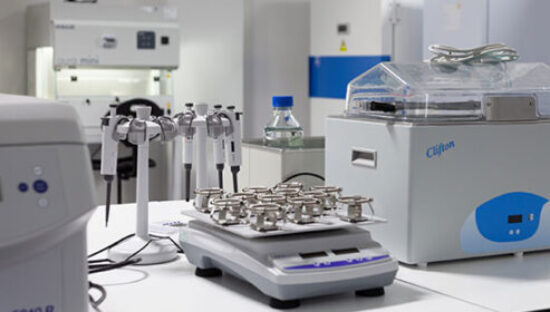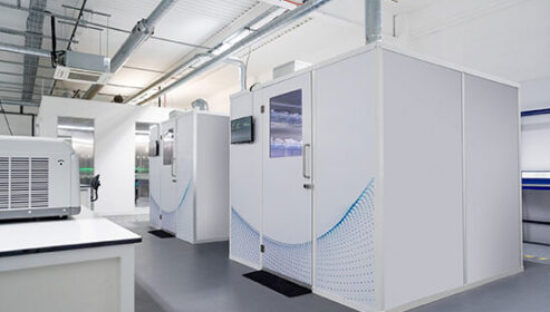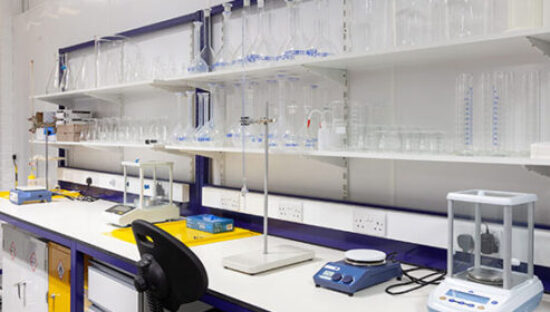Select your device
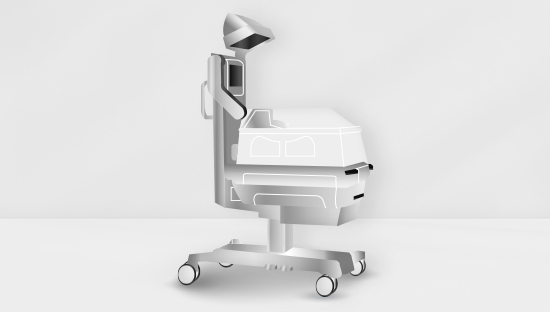
Incubators
Newborn babies who are at risk are kept in these environmentally stable chambers, where they can be monitored with a reduced risk of infection. Various functions can be added as required, such as an oxygen hood.
27 related Medical device resources related to Incubators
- 27 services available
- 4-6 week typical lead time*
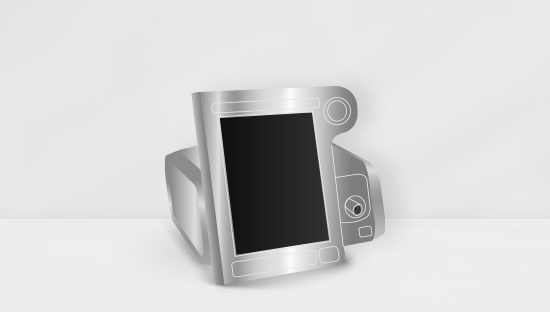
Ventilators
Sometimes called “respirators”, ventilators are used to circulate air in the lungs of patients with reduced breathing capacity. They will often come with an oxygen supply to supplement the air being circulated.
24 related Medical device resources related to Ventilators
- 24 services available
- 4-6 week typical lead time*
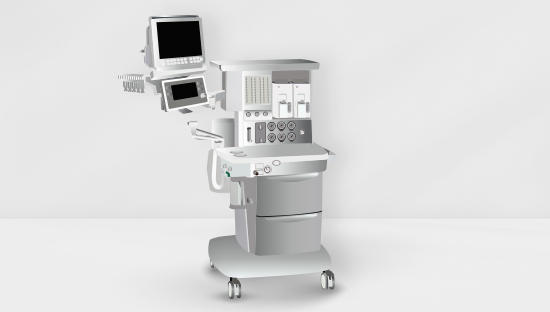
Anaesthesia Machines
These devices are used to supply various medical gases to a patient. Modern versions of these devices tend to include complex monitoring and safety systems to make sure the mixture of gases remain safe.
25 related Medical device resources related to Anaesthesia Machines
- 25 services available
- 4-6 week typical lead time*
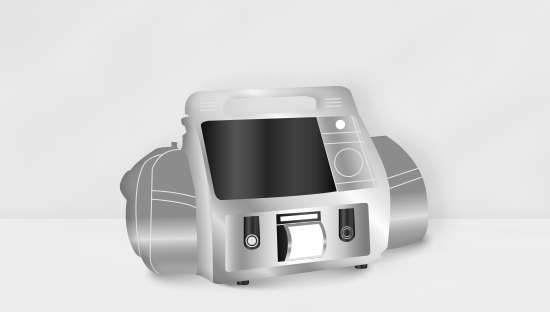
Difibrillators
Defibrillators are emergency devices that use electrodes to deliver an electric shock to the heart of patients experiencing cardiac arrythmia. This shock causes the heart to restart its normal rhythm.
25 related Medical device resources related to Difibrillators
- 25 services available
- 4-6 week typical lead time*
Don't see your device?
See our research & testing facilities
Strong foundations are built with robust Quality Management Systems

